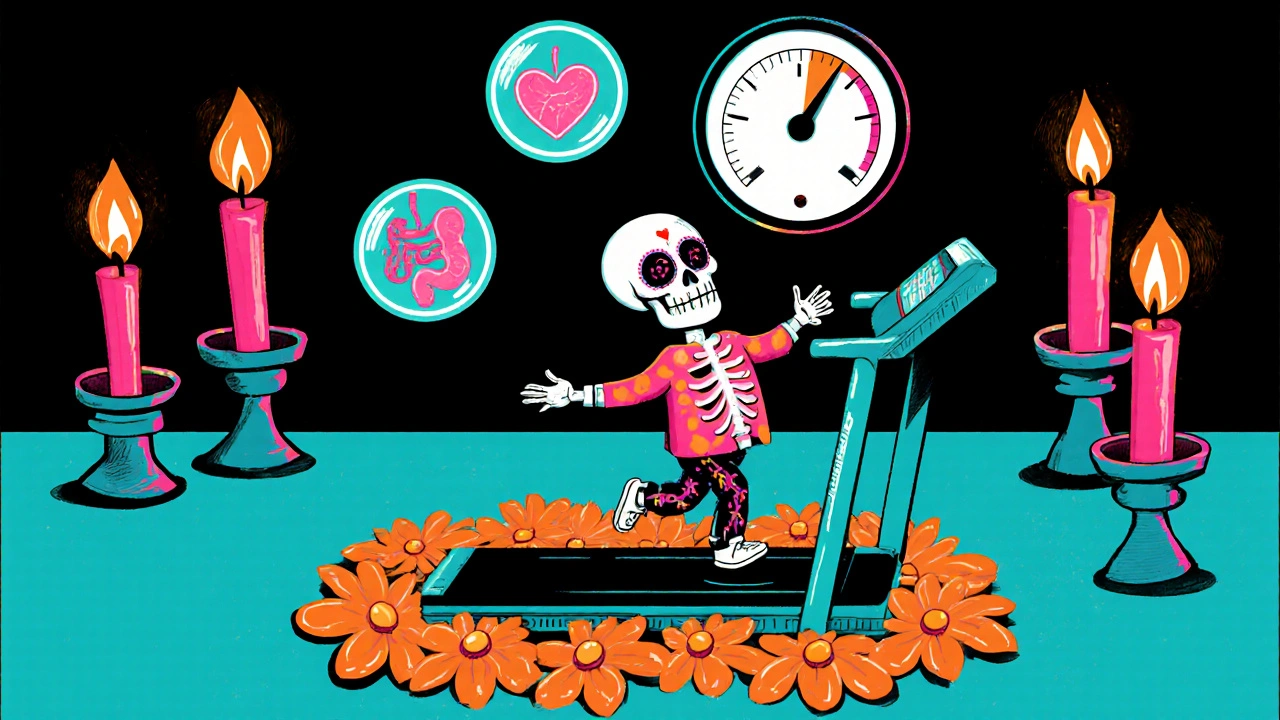Blood Pressure: Understanding, Managing, and Monitoring
When talking about blood pressure, the force of blood pushing against artery walls during each heartbeat. Also known as BP, it helps doctors gauge heart health and spot problems early.
Blood pressure is measured as two numbers: systolic (the pressure when the heart contracts) over diastolic (the pressure when the heart relaxes). A typical healthy reading sits around 120/80 mm Hg. The hypertension, a condition where these numbers stay consistently high signals that the cardiovascular system is under extra strain. Conversely, hypotension, low blood pressure that falls below normal limits can cause dizziness or fainting. Understanding these values lets you see how lifestyle, stress, and meds shift the numbers day by day.
What Drives Blood Pressure Changes?
Several factors act like levers on your BP. Diet high in sodium, lack of exercise, and chronic stress all push readings up. Genetics and age also play a role, making it easier for older adults to develop high pressure. On the flip side, staying hydrated, eating potassium‑rich foods, and regular cardio work to lower the force against vessel walls. The cardiovascular disease, any disorder affecting the heart or blood vessels often starts with uncontrolled hypertension, so early tweaks can prevent serious outcomes.
When hypertension sneaks in, doctors may recommend medications such as ACE inhibitors, beta‑blockers, or diuretics. These drugs act on the renin‑angiotensin system, relax blood vessels, or help the kidneys excrete excess salt. Monitoring is crucial: home cuff devices, smartwatch sensors, and pharmacy check‑ups give you real‑time feedback. If you notice persistent spikes above 140/90 mm Hg, it’s time to talk to a professional and consider a treatment plan.
Low blood pressure isn’t always dangerous, but sudden drops can signal dehydration, heart problems, or medication side effects. Symptoms like light‑headedness, blurred vision, or cold, clammy skin deserve attention, especially if they appear after standing up quickly. Simple steps—slowly rising from a seated position, drinking more fluids, and adding a pinch of salt to meals—can often keep hypotension in check.
Below you’ll find a curated list of articles that dive deeper into each of these topics. From medication guides and lifestyle tips to easy ways to track your numbers at home, the collection gives you practical tools to manage your blood pressure and protect your heart health.

Azilsartan shows promise for lowering blood pressure and improving lung function in cystic fibrosis patients, offering a once‑daily, well‑tolerated alternative to older antihypertensives.
Chris Gore Oct 20, 2025




